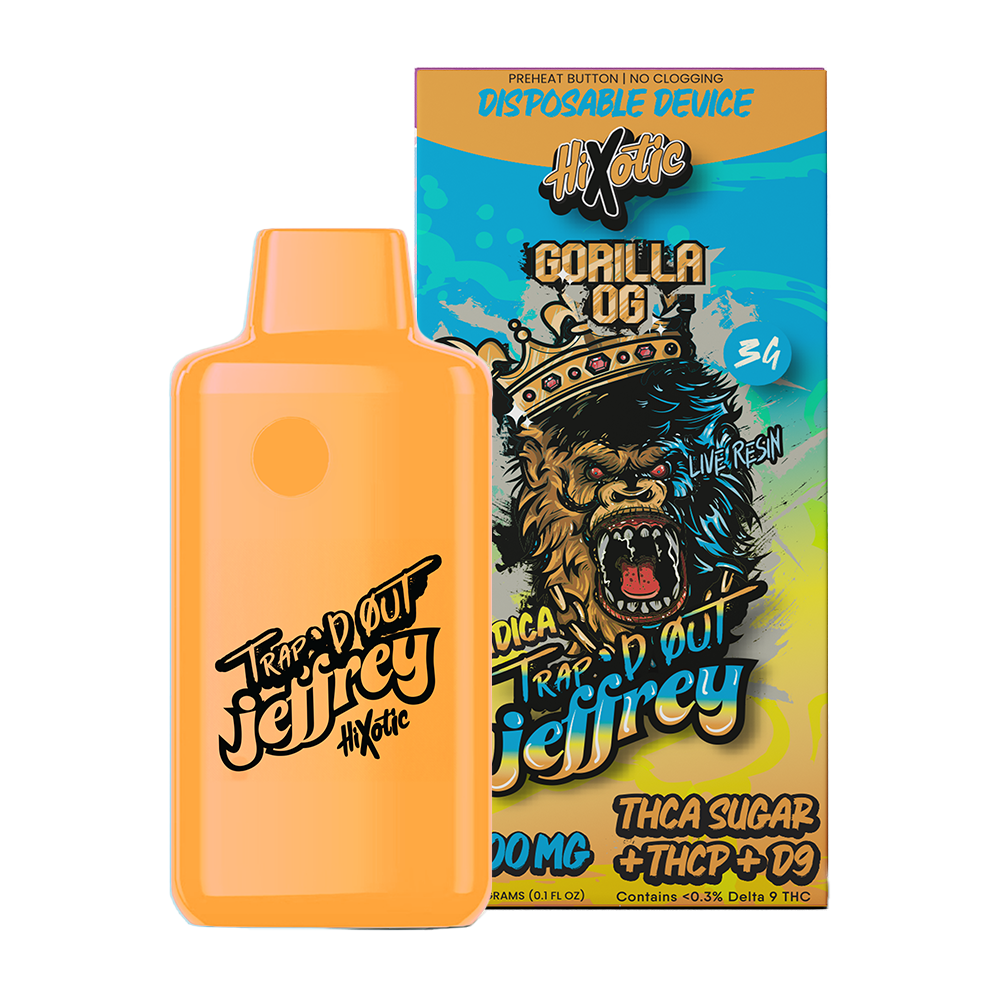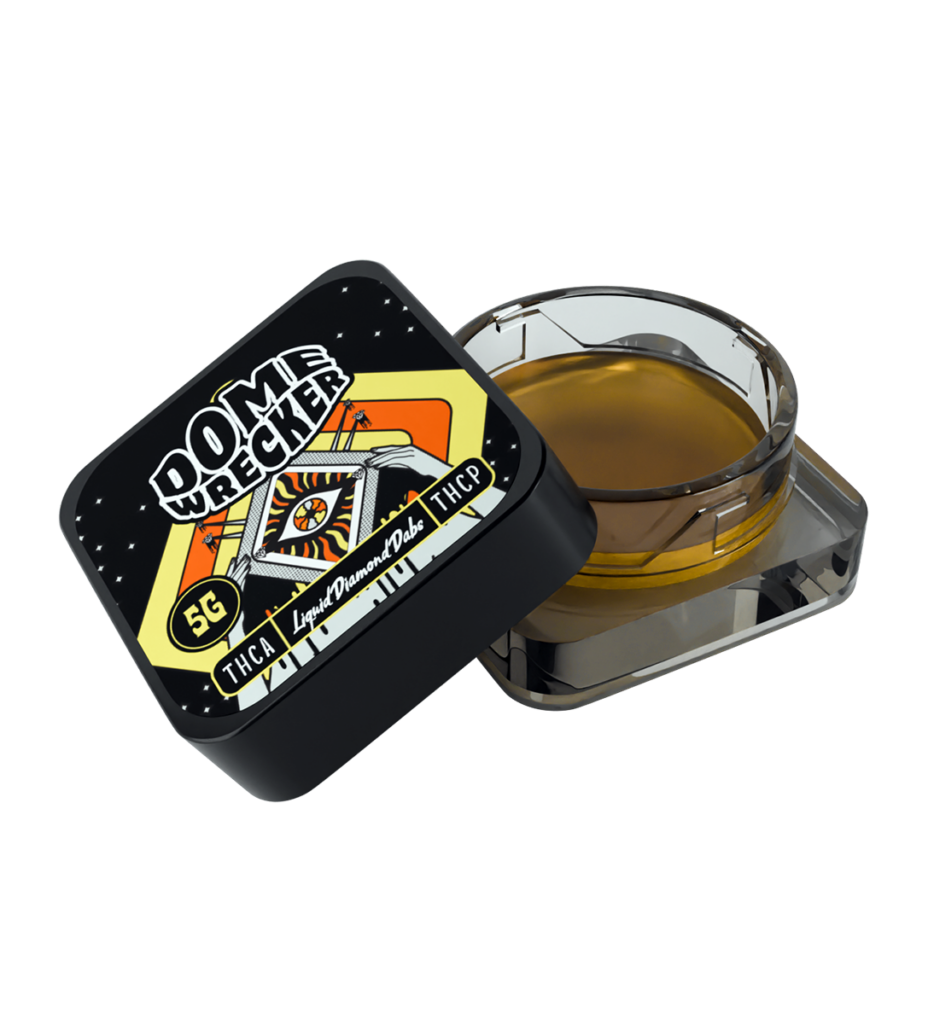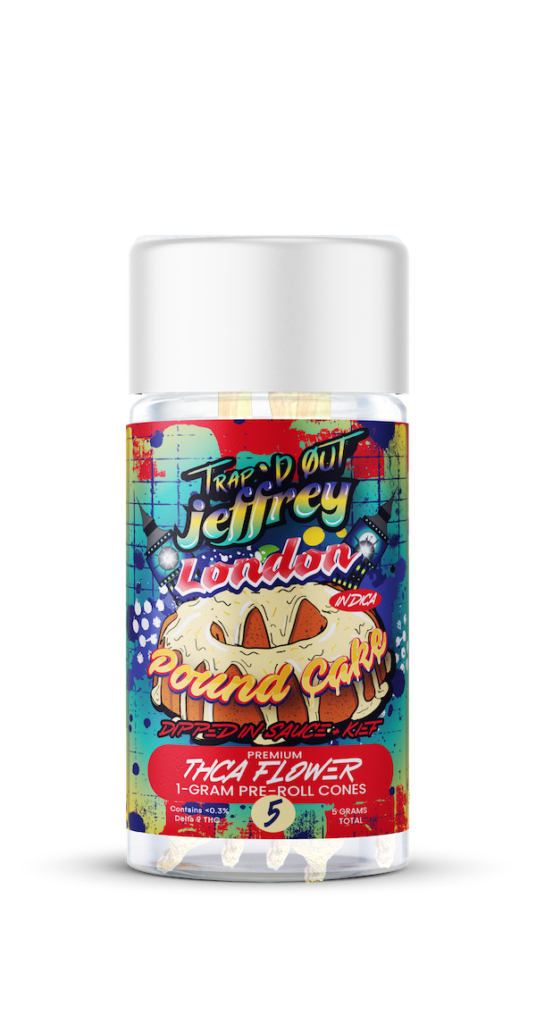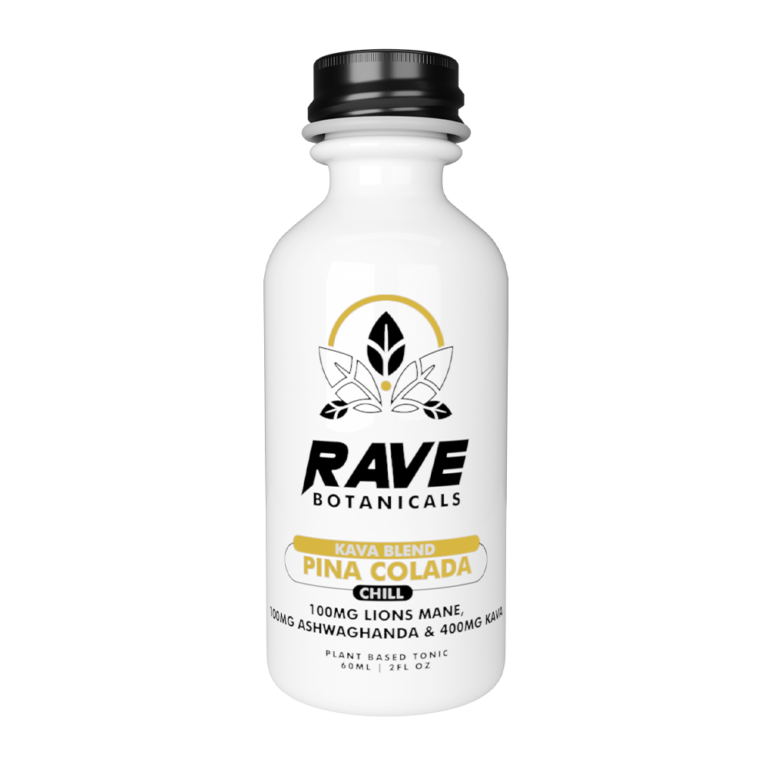
How Long Do Shrooms Stay in Your System and Can They Cause a Failed Drug Test Result?
Shrooms, magic mushrooms, psilocybin, whatever you call them—they’ve earned their spot as the cool, mystical fungi that can take you on a journey through vibrant









Did you know that kratom has been one of the most influential plant derivatives to ever reach the United States market? Well, now you do, as its popularity is growing still. This all-natural, holistic substance is a gamechanger in terms of the valuable effects it can provide to those who use it, thanks to its distinctive chemical composition that’s rich in potentially beneficial alkaloids.
Despite the fact that kratom is more prominent on the market than ever before, a lot of people don’t know much about it, or are hesitant to try it out of fears regarding its safety. We’d like to clear things up for anyone who’s on the fence about trying kratom.
Kratom is the dried and ground leaves of the Mitragyna speciosa tree, an evergreen tree in Southeast Asian countries. This tree is, in fact, a close relative of the coffee plant, but its chemical composition is quite different, hence its distinctive effects.
Kratom has been used medicinally in its native area for thousands of years. This is due to its powerful therapeutic potential and its recreational effects. Fast-forward here, the traditional use of kratom dates back to the 19th Century in Southeast Asia. It was primarily used by workers and peasants who chewed the leaves to relieve muscle pain, increase energy, appetite, and sexual desire. It was also used in traditional medicine for treating diarrhea, fever, diabetes, and as a substitute for opium. In many cultures within its native range, kratom was integrated into rituals and social practices. For instance, it was used in traditional ceremonies and to welcome guests.
The first known European to document the use of kratom was Pieter Willem Korthals, a Dutch botanist, in the early 19th Century. His observations laid the groundwork for later scientific research.
Interest in kratom’s pharmacological properties grew in the 20th Century. Thus, leading to the isolation of its active alkaloids, Mitragynine, and 7-hydroxymitragynine. These studies helped understand its effects on the human body, including pain relief, mood enhancement, and opioid withdrawal relief.
Now, only within the last 10 years or so, however, has it entered the United States. So, as you may have guessed, clinical studies on the effects of kratom are lacking right now, since medical researchers haven’t found the funding to fully study it. That almost doesn’t matter though. Why? Because we’ve plenty of anecdotal data demonstrating just how effective it is at addressing specific needs related to how we feel. At the same time, we know enough about certain alkaloids in kratom to draw some clear conclusions about what the plant is capable of.
And once again, some studies have been done over the years (although not as many as we’d like), showing that kratom offers potential analgesic effects, along with stimulating properties and anxiolytic properties depending on the vein/strain that’s being consumed.
Maybe you’ve heard people say that kratom is psychoactive, and, well, it is. Kratom offers psychoactive properties depending on the dosage taken, the vein, and the strain, with more potent kratom products having the ability to offer stronger effects.
So, what’s the high like? People describe it as similar to the high of taking an opioid, and there’s a reason for that. Kratom works on the same receptors as opioids – opiate receptors in the brain, to be specific – and so you can experience the same feeling of euphoria, relief from pain, and relief from anxiety. People say that kratom offers numbing effects that can make a person feel at total ease.
Yes, kratom does have potential side effects. While some people use kratom for its stimulant effects and as an opioid substitute in an effort to manage pain or opioid withdrawal symptoms, it can produce a range of side effects. These can vary depending on the dose, with lower doses generally producing stimulant effects and higher doses producing opioid-like effects.
Common kratom side effects include:
Maybe you’ve seen products advertised as “green: “white” or “red” kratom, and strain names on the label. Each vein of kratom refers to the color of the leaf’s vein. As the leaf matures on the tree, its vein changes color, and at the same time, its alkaloid composition evolves. This means that green, white, and red kratom veins are different in terms of how they affect us, and how potently they affect us.
To get a bit more specific here, below are the breakdowns of the veins:
Within these vein colors, there are several strains named after their region of origin or specific characteristics. Some of the most well-known strains include:
Note: Each strain’s effect can vary from one person to another. This is based on individual body chemistry, the dosage, and the quality of the kratom. It’s important to start with a low dose to see how your body responds before gradually increasing it.
Given some recent controversy since it entered the U.S. market, you might be surprised that kratom is totally legal under federal law, without any restrictions – or regulations. What that means is that you’re sort of at the mercy of the manufacturer when buying kratom, hoping that they’re carrying a legitimate, high-quality product.
Kratom is legal in the USA federally, but some states have banned it, and so you can’t purchase it in:
At the same time, certain counties and municipalities have outlawed kratom even in states where it’s otherwise legal, so please check to see if it is legal where you live.
Kratom comes in a number of product types, and each one has its own inherent value. These are the most common types of kratom products you can find today.
Standard drug tests, such as the SAMHSA-5 (Substance Abuse and Mental Health Services Administration), which screens for marijuana, cocaine, amphetamines, opiates, and PCP, do not specifically test for kratom. This is because kratom’s active compounds, specifically Mitragynine and 7-hydroxymitragynine, are structurally different from the drugs these tests are designed to detect.
Nonetheless, specialized drug tests capable of detecting kratom exist but are more costly and not typically used in standard drug screenings unless there is a specific reason to test for its presence. Employers, law enforcement, or other agencies might order these tests if they have a particular concern about kratom use. So, while kratom use might not result in a failed result on common drug tests, it can cause a failed drug test if the screening is specifically looking for kratom’s active compounds.
It’s undeniable that kratom has significant value that can address all kinds of daily needs. And, its recreational value is nothing to scoff at, either. Legal in most states, kratom can be consumed through various product types. Also, you can enjoy the convenience of buying it online as a nice bonus. Rave Kratom’s kratom products offer pure, lab-tested formulas that have what it takes to deliver real, meaningful (potential) relief.

Shrooms, magic mushrooms, psilocybin, whatever you call them—they’ve earned their spot as the cool, mystical fungi that can take you on a journey through vibrant

Mushrooms have taken the health and wellness scene by storm. From functional mushrooms like Lion’s Mane and Reishi to psychedelic varieties making their way into